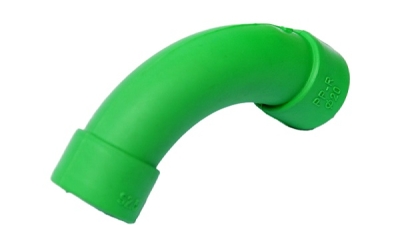7 Essential Tips for Maximizing the Efficiency of Dipson Pipe in Your Projects
Table of Contents
- Understanding the Basics of Dipson Pipe and Its Applications
- Selecting the Right Size and Material for Your Dipson Pipe Projects
- Proper Installation Techniques for Enhanced Performance
- Regular Maintenance Practices to Extend the Lifespan of Dipson Pipe
- Troubleshooting Common Issues with Dipson Pipes in Projects
- Innovative Techniques to Optimize Flow Efficiency in Dipson Pipe Systems
- Efficient Plumbing Solutions: Exploring the Advantages of PNTEK PPR Green Long Elbow Pipe Fittings
- FAQS
- Conclusion
- Related Posts
In the fast-changing world of construction and plumbing, making the most out of the materials you use is more than just smart—it's kinda essential for getting a project done right. Take the Dipson Pipe, for example—it's pretty well-known for being tough and versatile, which makes it a favorite among professionals. And if you look at what the global market forecasts, demand for plastic pipes is expected to grow steadily, around 6.5% annually. That just shows how much folks are leaning on high-quality piping solutions in all kinds of infrastructure projects these days.
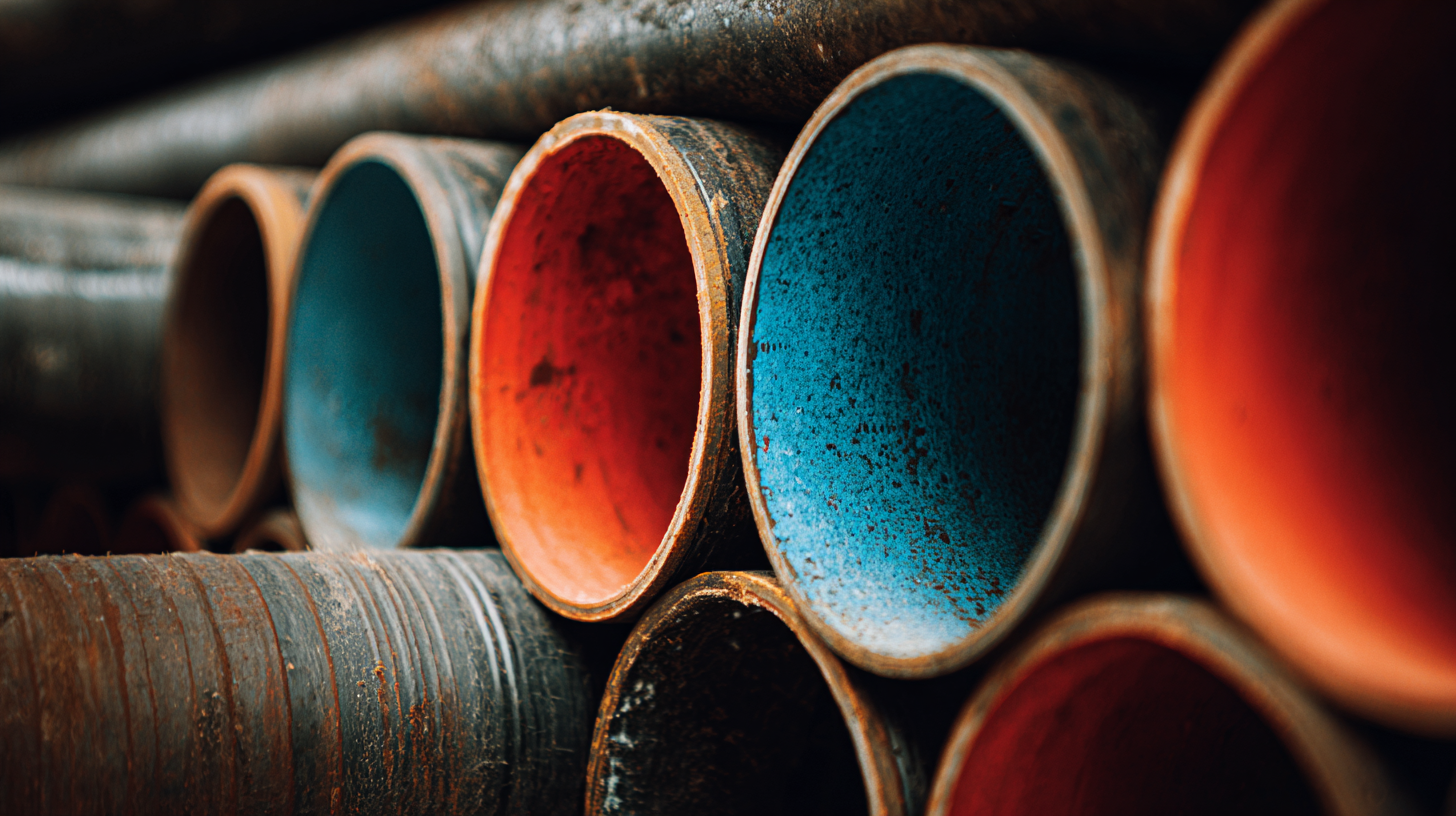
Here’s a little background: Ningbo Pntek Technology Co., Ltd. has been in the export game for over ten years, offering a wide variety of plastic pipes, fittings, and valves tailored to meet industry needs. If you want your project to turn out well—fewer unexpected costs, longer-lasting results, and overall better efficiency—then getting the hang of best practices with Dipson Pipe is a smart move.
Adopting the right strategies for using these pipes can really make a difference and is something every professional should consider to stay ahead.
Understanding the Basics of Dipson Pipe and Its Applications
You know, Dipson pipe has really become a go-to in lots of construction projects these days, especially because it’s so versatile and tough. Honestly, getting a good handle on the basics of Dipson can make a huge difference in how well you can take advantage of its benefits. It’s pretty common in industries like oil and gas, building, and even dealing with wastewater—and for good reason. With the pipeline market expected to jump from around $15.1 billion in 2024 up to about $22.7 billion by 2032, growing at roughly 5.2% each year, it’s clear that the demand for reliable piping options like Dipson is only going to get bigger.
And, if you look at the HDPE pipe market, it’s no surprise either. It’s forecasted to grow from $22.15 billion in 2024 to over $30.6 billion by 2031 at around 4.7% annually. That really shows there’s a big push towards more efficient and eco-friendly piping systems out there. All this just emphasizes how crucial it is to pick the right piping materials for your projects—doing so can really boost efficiency and extend the lifespan of everything. In the end, choosing the right pipes like Dipson not only saves costs in the long run but also helps improve the overall success of your project. It’s all about making smart choices that pay off down the line, right?
Maximizing the Efficiency of Dipson Pipe in Your Projects
This chart illustrates the efficiency of Dipson Pipe utilized in five different projects. Each project shows a varying level of efficiency, highlighting the importance of material choice and application strategy in achieving optimal performance.
Selecting the Right Size and Material for Your Dipson Pipe Projects
So, when you're starting any project that involves Dipson pipes, picking the right size and material is a big deal if you want things to go smoothly and work well. A good starting point is to really think about what kind of flow you need. That means figuring out how much fluid you’ll be moving and what kind — whether it’s liquid, gas, whatever. Picking the correct pipe diameter isn’t just about having enough flow; it also helps keep pressure losses in check, which can make a huge difference in how well everything runs.
Another thing you shouldn’t overlook is the material of the pipe. Depending on where and how you’re using it, you might want a material that resists corrosion or can handle high temperatures. For example, using high-density polyethylene (HDPE) in industrial settings can give you a sturdy, flexible pipe, great for tougher conditions. On the other hand, regular PVC is usually fine for less demanding setups. Just make sure the pipe material plays nicely with the fluids you’re transporting—that way, you avoid surprises down the line.
Proper Installation Techniques for Enhanced Performance
When you're working on a project and want to get the most out of Dipson pipes, the key really is proper installation. First off, take a good look at the terrain where you're planning to lay the pipes. You’ll want to check if there are any underground utilities or soil conditions that might trip you up during installation—that stuff really matters. Also, picking the right type of Dipson pipe depends on what you’re using it for—be it water, gas, or something else—since each kind has its own perks depending on the environment and needs.
Once you've got the right pipe sorted, it's all about the installation process. Make sure the joints line up well and fit tightly—leaks are a big no-no. Support structures are also a must, especially if the area experiences temperature swings or heavy soil pressure—these help keep everything steady. And don’t forget to put in quality sealing materials at the connections; this adds to the pipe's lifespan and keeps the whole system running smoothly. If you pay attention to these tips, you’ll boost the performance of your Dipson pipes and make sure they last longer, all while reducing future headaches.
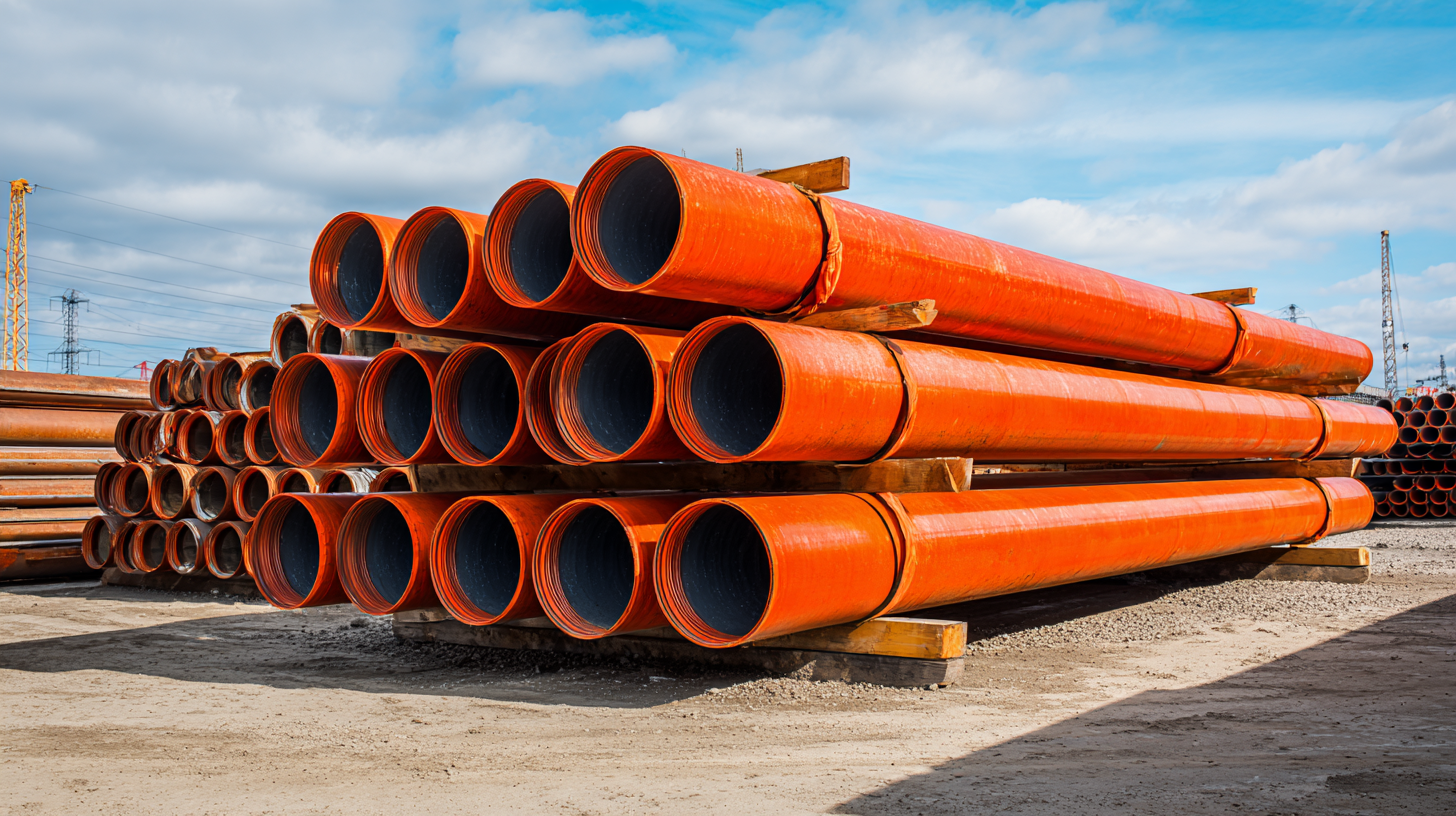
Regular Maintenance Practices to Extend the Lifespan of Dipson Pipe
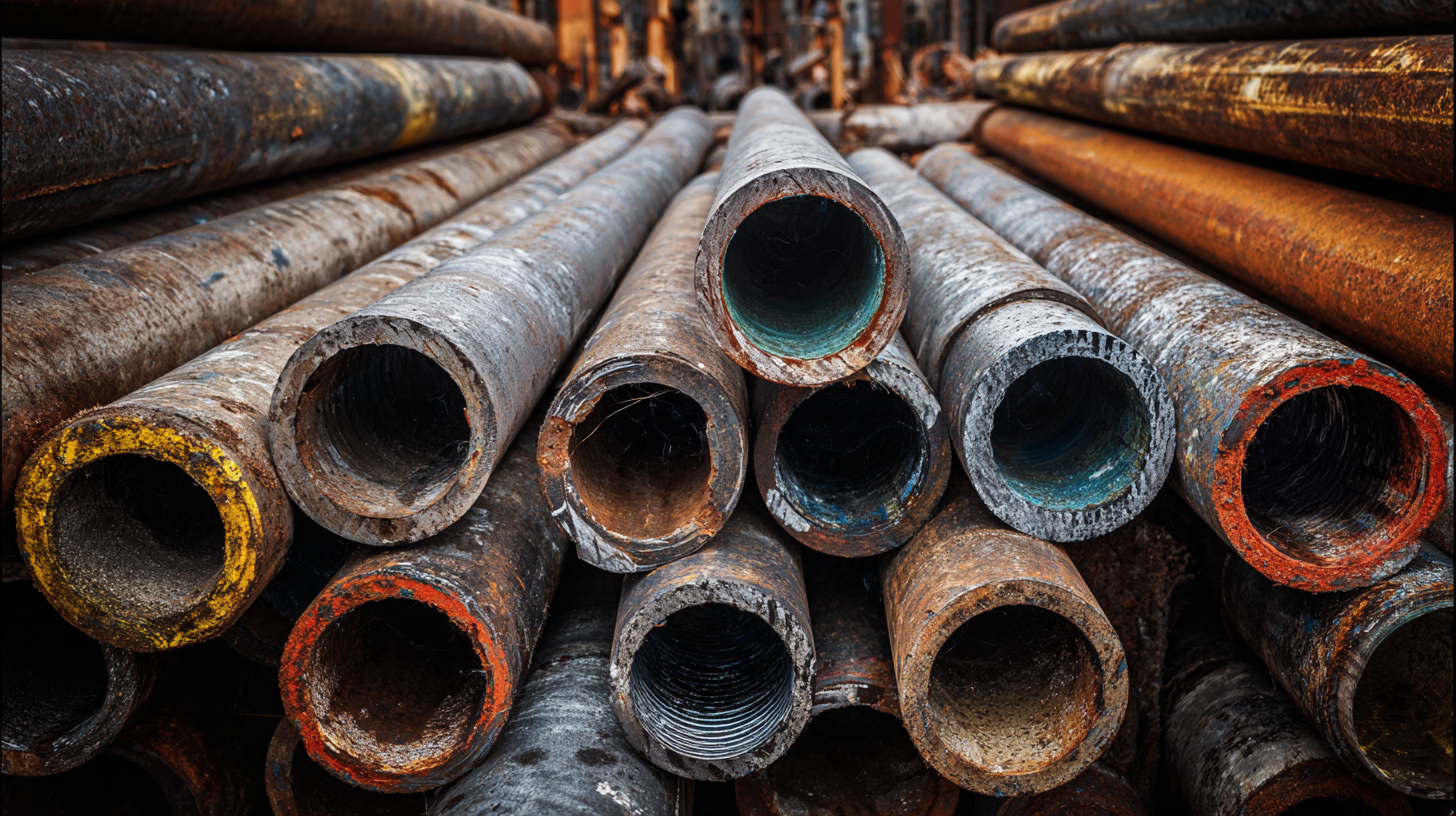 Keeping up with regular maintenance on Dipson Pipes really makes a difference if you want them to perform well and last longer, especially in construction projects. I mean, according to the American Society of Civil Engineers, doing proactive checks can cut down the risk of pipe failure by up to half. That’s pretty eye-opening, right? It just shows how important it is to set up a routine inspection schedule—spotting small issues like tiny leaks or early rust before they turn into big problems can save you around 20% on repair costs. It’s not just smart troubleshooting; it’s also good for your wallet.
Keeping up with regular maintenance on Dipson Pipes really makes a difference if you want them to perform well and last longer, especially in construction projects. I mean, according to the American Society of Civil Engineers, doing proactive checks can cut down the risk of pipe failure by up to half. That’s pretty eye-opening, right? It just shows how important it is to set up a routine inspection schedule—spotting small issues like tiny leaks or early rust before they turn into big problems can save you around 20% on repair costs. It’s not just smart troubleshooting; it’s also good for your wallet.
Plus, things like applying protective coatings and making sure pipes are installed properly can really boost their durability. The International Journal of Pipeline Engineering mentions that pipes regularly taken care of tend to last 25 to 30% longer than those that are just left alone. Simple practices like cleaning out the insides and keeping an eye on environmental factors—things like soil acidity or moisture—are key. Tailoring your maintenance routine to fit your specific project needs will help keep your Dipson Pipes running smoothly and reliably. Ultimately, it’s all about protecting your investment and avoiding those unexpected headaches down the line.
Troubleshooting Common Issues with Dipson Pipes in Projects
When you're working on projects that involve Dipson pipes, spotting issues early on and troubleshooting them can really make a difference in keeping things running smoothly. For example, during big construction jobs like replacing the superstructure on Carlton Hill Road in Pike County, catching problems like leaks or blockages quickly is super important — delaying those can get really expensive. Regularly checking joints and connections isn’t just about maintenance; it’s about avoiding surprises that could throw off your schedule and blow your budget.
Also, it’s good to keep in mind how the environment might affect your Dipson pipes. Just like Wisconsin’s recent push for new clean energy projects shows a focus on sustainability, making sure your piping systems can handle local weather conditions can help them last longer and work better. Thinking ahead and using proactive strategies can really pay off — whether that’s managing soil shifts, temperature swings, or other outside influences.
And don’t forget, teaming up with experienced suppliers like Ningbo Pntek Technology Co., Ltd. can provide you with valuable tips and resources to tackle these kinds of challenges head-on and keep your project on track.
Innovative Techniques to Optimize Flow Efficiency in Dipson Pipe Systems
Making sure the flow runs smoothly in Dipson pipe systems is super important if you want your project involving fluid transport to go off without a hitch. One smart trick? Carefully placing bends and joints in the pipes. Instead of sharp turns, going for gentle curves really helps cut down on turbulence and friction, so everything moves more smoothly. Oh, and choosing the right pipe diameter based on the kind of fluid you're working with—like its viscosity and flow rate—can make a big difference too. It helps you get the most out of your system without wasting energy pushing against unnecessary pressure drops.
Another thing that really helps is sticking to a good routine of checking and cleaning your pipes. Debris and corrosion can slow things down or cause issues, so regular maintenance is a no-brainer. Using advanced materials like composites can also boost durability—they resist wear and tear better, which means your pipes last longer and stay efficient over time. Plus, adding flow control devices such as valves and flow meters makes it easier to keep everything running just right, making sure the flow rates stay steady and within your preferred range.
7 Essential Tips for Maximizing the Efficiency of Dipson Pipe in Your Projects
| Tip Number | Tip Description | Expected Impact | Implementation Difficulty |
|---|---|---|---|
| 1 | Regular Maintenance Checks | High | Medium |
| 2 | Optimal Pipe Sizing | Very High | High |
| 3 | Use of Advanced Flow Monitors | High | Medium |
| 4 | Reduce Bend Angles | Medium | Low |
| 5 | Implement Flow Control Valves | High | High |
| 6 | Insulation for Temperature Control | Medium | Medium |
| 7 | Training Personnel on System Operation | Very High | Medium |
Efficient Plumbing Solutions: Exploring the Advantages of PNTEK PPR Green Long Elbow Pipe Fittings
When it comes to efficient plumbing solutions, PNTEK PPR Green Long Elbow Pipe Fittings stand out for their exceptional quality and performance. Made from 100% new PPR material, these fittings are designed to withstand high pressure, rated at PN25, making them ideal for various plumbing applications. Available in sizes of 20mm, 25mm, and 32mm, they cater to a wide range of installation needs, ensuring versatility and reliability in any project.
One of the significant advantages of PNTEK fittings is the option for customized solutions. Whether it’s a specific logo or unique packaging requirements, PNTEK allows for customization with a minimum order of just 30 cartons per size. This flexibility enables clients to tailor their plumbing components to match branding or project specifications, enhancing both functionality and aesthetic appeal. Additionally, for those looking to test the product before committing to a larger order, free samples are readily available, allowing customers to assess the quality and performance without initial investment.
Efficient shipping options further bolster the convenience of choosing PNTEK products. With support for sea freight, customers can rest assured that their orders will be delivered securely and promptly. The lead time for orders of up to 5,000 pieces is estimated at just 15 days, ensuring that plumbing projects remain on schedule while not sacrificing quality.
FAQS
: Dipson pipe is commonly employed in sectors such as oil and gas, construction, and wastewater management due to its versatility and durability.
Proper installation ensures optimal performance by preventing leaks, reducing stress on the pipes, and enhancing longevity and reliability.
Key techniques include assessing the terrain, ensuring proper alignment of joints, using adequate support structures, and employing quality sealing materials at connections.
Flow efficiency can be optimized through strategic placement of pipe bends, selecting the appropriate pipe diameter, and regular maintenance to prevent debris accumulation.
The global pipeline market is projected to grow significantly, indicating an increasing demand for reliable piping solutions like Dipson over the coming years.
Utilizing advanced materials, like composites, can improve resistance to wear and tear, thus extending the lifespan of the pipes and maintaining their efficiency.
Flow control devices, such as valves and flow meters, help in regulating and optimizing the system, ensuring consistent flow rates within desired parameters.
Selecting the appropriate type of Dipson pipe for specific applications can enhance operational efficiency and lead to substantial cost savings and improved project outcomes.
Conclusion
Hey there! In this post, I want to share seven must-know tips to get the most out of Dipson Pipe in your projects. First off, we'll go over the basics—what Dipson Pipe is and all the cool ways it’s used across different industries. Picking the right size and material is super important if you want things to run smoothly, so I’ll break down what you should consider. We’ll also chat about how to install it properly—trust me, a good setup makes all the difference. Don’t forget, keeping your Dipson Pipe systems well-maintained can really boost their lifespan and keep everything working at its best. Highlights include troubleshooting common problems—you’ll learn some practical fixes to keep your project on track. Plus, I’ll share some innovative tricks to make sure the flow runs as efficiently as possible. As a trusted supplier of plastic pipes and fittings, Ningbo Pntek is here to support you with useful tips and top-quality products for your Dipson Pipe ventures.
Related Posts
-
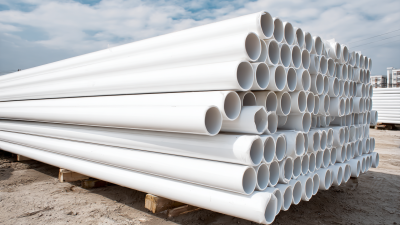
7 Essential Tips for Sourcing Upvc Pipes: What Every Global Buyer Needs to Know
-
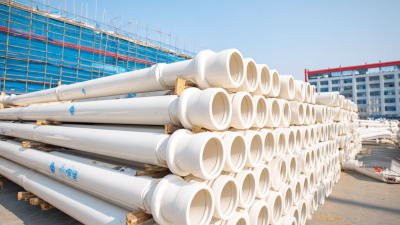
Comprehensive Guide to Choosing the Best Upvc Pipe Fittings for Your Project
-
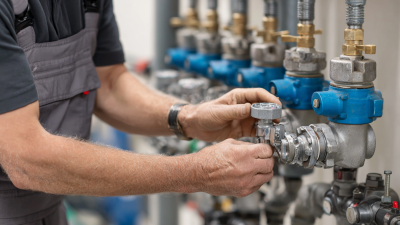
How to Choose the Right 1 Inch PVC Valves for Your Plumbing Needs
-
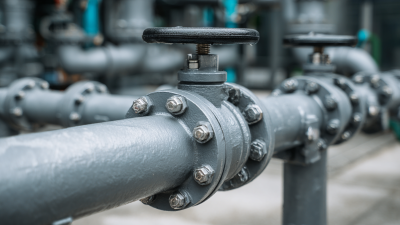
7 Essential Tips for Choosing the Best 6 PVC Ball Valves for Your Projects
-
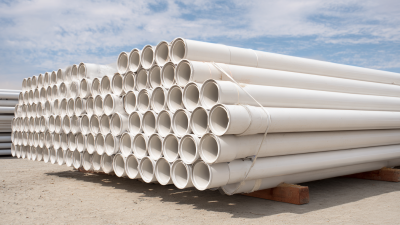
How to Choose the Right U Pvc Pipe for Your Project
-
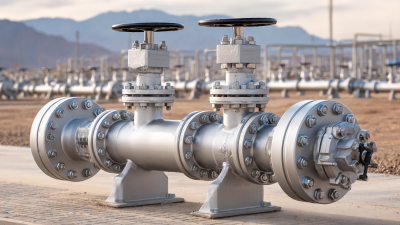
How to Evaluate the Cost Effectiveness of PVC Gate Valves for Your Procurement Needs

Isabelle
Application

Underground pipeline
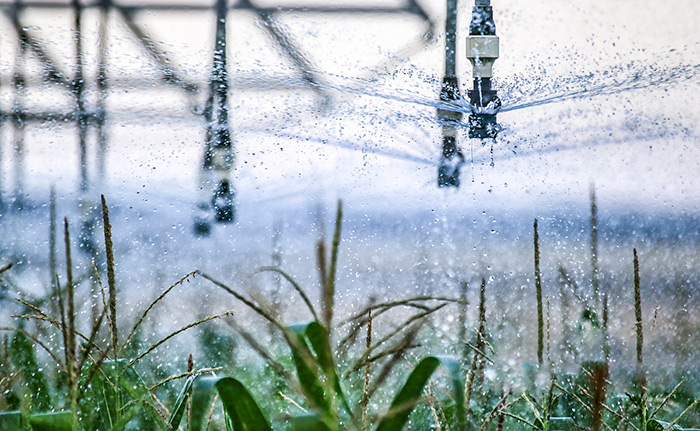
Irrigation System
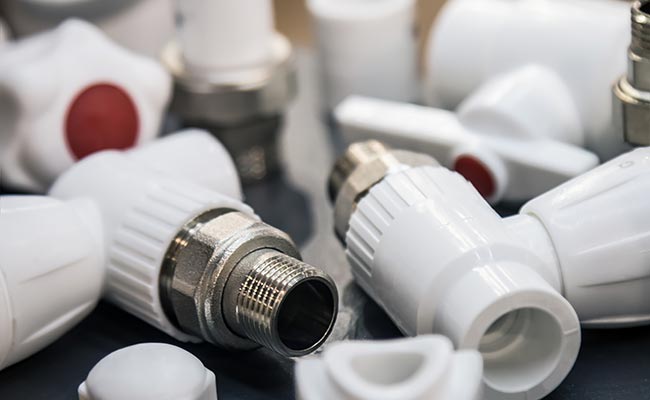
Water Supply System


